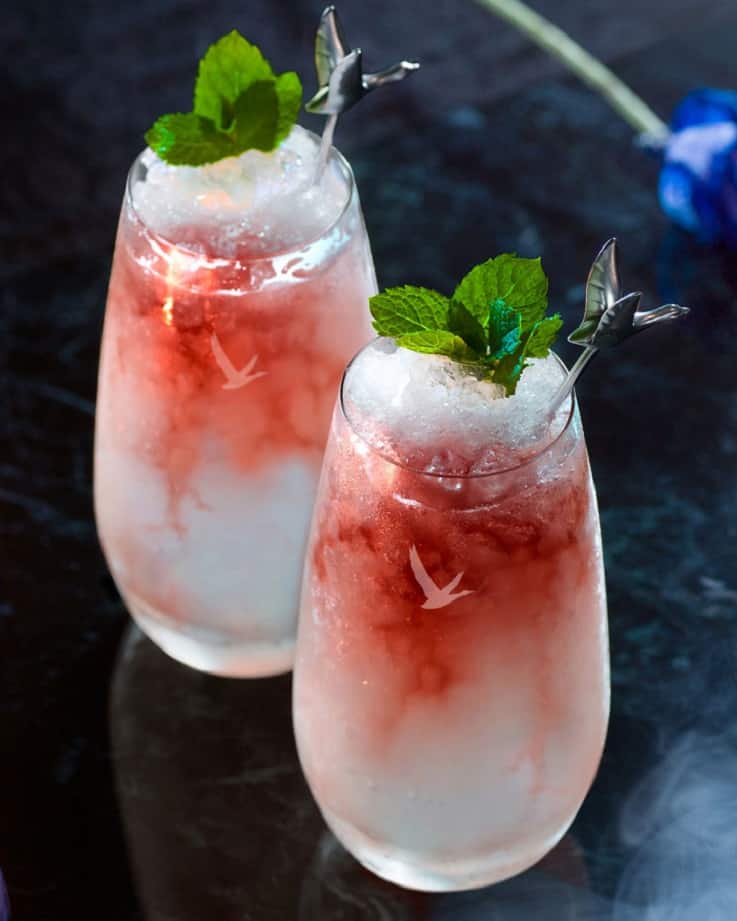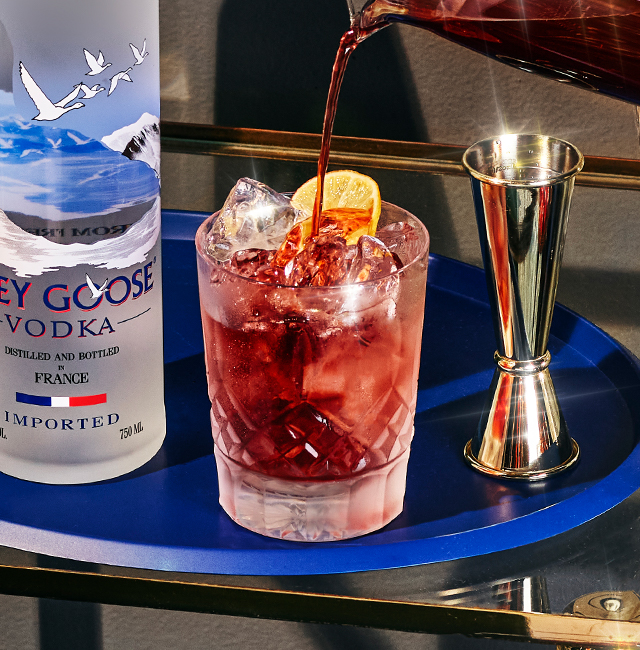
:strip_icc()/__opt__aboutcom__coeus__resources__content_migration__liquor__2012__05__22134005__classic-martini-528a0652d3764db0addd7625d1c5adc8.jpg)
Grey Goose Le Citron is a lemon-flavored vodka. For instance, Grey Goose La Poire was the result of Thibault's relationship with a Parisian pastry chef, whose pear tarte inspired the recipe for the new vodka flavor. It is made from 100% French ingredients, including flavored versions of the vodka. Grey Goose is the first vodka to be produced in the Maître de Chai tradition, which allows aromas to be produced in the distillation process specific to Grey Goose vodka. Grey Goose vodka is bottled with a replaceable cork rather than a screw-top cap. After the filtration the vodka is bottled in a plant dedicated solely to bottling Grey Goose. That water is then filtered to remove impurities. The water used in the vodka comes from a natural spring 150 meters (500 feet) below the blending facility in Cognac, which is lined with limestone, providing calcium-rich spring water. The wash is then distilled into spirit using a five-step process. The fermentation takes place continuously over six cascading tanks, producing a 20-proof beer. Įnzymes are used to break down the carbohydrates into fermentable sugars. The distillation process removes the gluten from the purified final product. The wheat sold to Grey Goose is categorized as "superior bread-making wheat", and wheat that is soft (ie, low in protein).Īlthough made from wheat, as a distilled spirit, Grey Goose is gluten-free. The wheat used in Grey Goose is soft winter wheat, sown in October and harvested in August, which provides it with four additional months of growth in comparison to summer wheat. Distilled in the same region, north and east of Paris, the distillate is then sent to Cognac, France, where it is blended with spring water and bottled. The wheat used in the creation of Grey Goose vodka is grown in Picardy, France. Grey Goose costs up to four or five times more than most competing vodka brands and did not reach the top 10 in a 2005 taste test of vodka brands published in The New York Times, yet has still seen "explosive sales growth" in a few short years due in large part to its being perceived as a drink of the economic elite-even more so than items like Rolex wristwatches or Mercedes Benz automobiles. Based on extensive research and surveys, Stanley describes Grey Goose as a favorite beverage of Americans he terms "aspirationals" (i.e., "those who wish to act rich", regardless of actual income or wealth, and thus spend large amounts of income on status items). Stanley discusses Grey Goose in his book Stop Acting Rich (2009). The company sold more than 1.5 million cases that year. That year Grey Goose was the best-selling premium brand vodka in the United States. The company was eventually sold by Sidney Frank to Bacardi for a reported US$2.2 billion in 2004. In 1998 Grey Goose was named the best-tasting vodka in the world by the Beverage Testing Institute. The company also developed its distinctive smoked glass bottle featuring French geese in flight, and delivered its product in wooden crates similar to wine. The water used to produce the vodka came from natural springs in France filtered through Champagne limestone, and made with locally produced French wheat. The company selected France due to the country's culinary history and to differentiate itself from other vodkas produced in Eastern Europe. SFIC partnered with cognac producer François Thibault (a French Maître de Chai, or, Cellar Master) in France in order to transition his skills from cognac to vodka production.

The idea for Grey Goose was to develop a luxury vodka for the American marketplace.

Sidney Frank, founder/CEO of the company, developed the idea in the summer of 1997. Grey Goose was created by Sidney Frank Importing Co (SFIC).


 0 kommentar(er)
0 kommentar(er)
